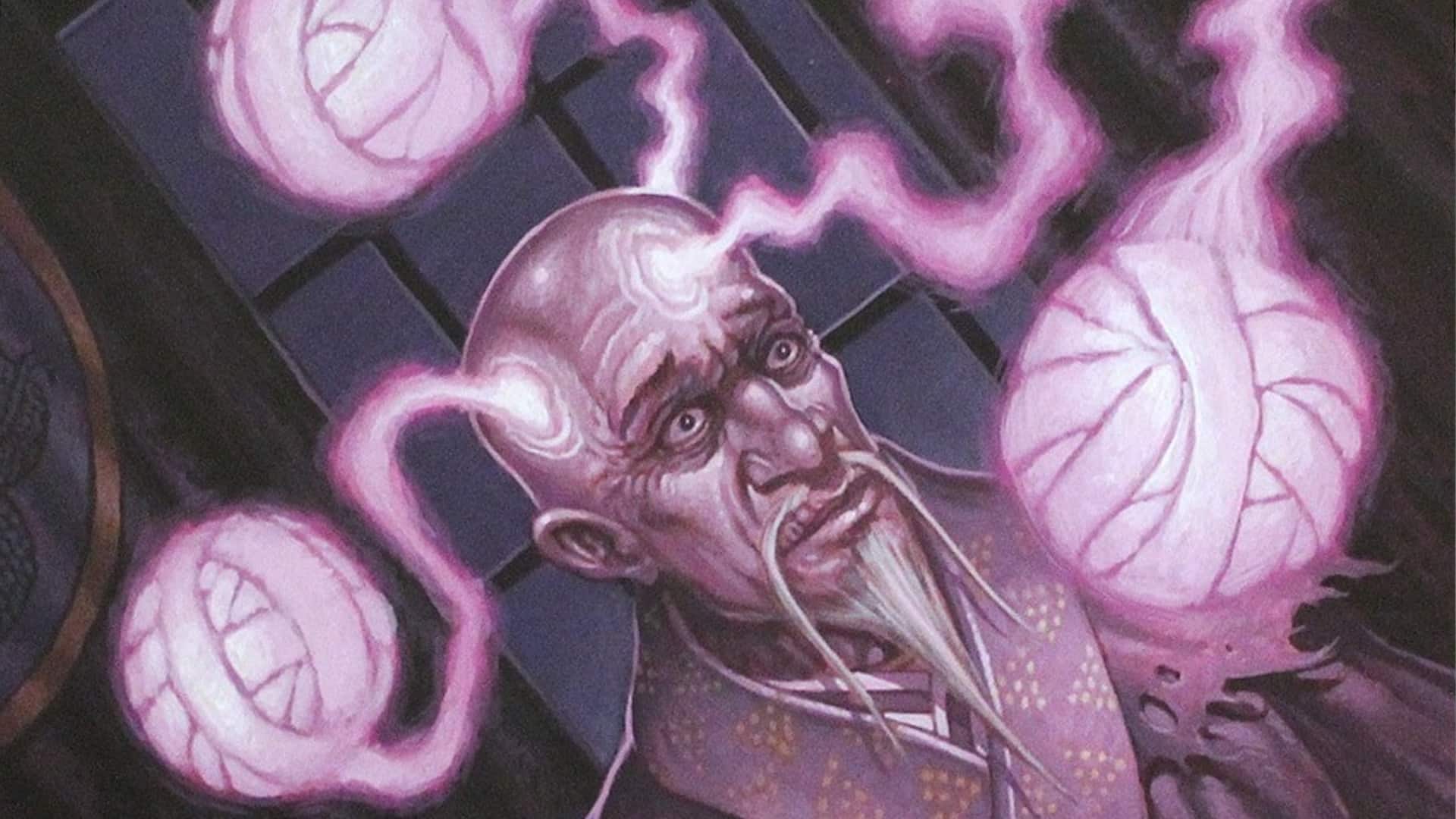Every MTG player has felt that heart-pounding moment when everything rides on your next draw. Your opponent is poised for victory, and your hopes hang on pulling that perfect card. Maybe it’s Lightning Bolt, a powerful Planeswalker, or that final combo piece you’ve been counting on. We’ve all been there. But how hard is it to understand the odds in MTG? What exactly are the chances of getting what you need when you need it most?
Let’s demystify card-drawing probabilities in a standard competitive 60-card Magic: The Gathering deck. Some simple logic and practical insights will improve your game.
All is set. An opening hand can often set the tone for your entire game. A strong start might put you ahead right from the beginning, while a weak hand can doom your chances early. Suppose your deck includes four copies of an essential card. The probability of drawing at least one of these in your initial seven-card hand is roughly 40%. That’s decent, but not guaranteed.
Thanks to the current mulligan rule, you’re always just as likely to see your key cards in your opening hand, but the more you mulligan, the more cards you need to get rid of. This also impacts your deck size, which can make it more difficult to find what you’re looking for as soon as the deck is shuffled.
Mid-Game: The Real Test of Probability
As the game progresses, probabilities shift significantly. Suppose you’re fifteen cards deep into your deck but still haven’t seen a critical removal spell. With four copies still hidden within the remaining 45 cards, your odds of drawing one on your very next draw hover around 9%. That feels quite slim, right? But here’s the good news: using card-draw abilities to pick additional cards substantially boosts your chances. Drawing two cards instead of one effectively nearly doubles your odds, jumping from about 9% to around 17%.
Understanding this can dramatically influence how you play. Experienced Magic players actively seek card-draw effects because they offer multiple opportunities to find critical spells, enhancing both versatility and reliability. It’s the secret weapon behind many competitive strategies.
Interestingly, understanding odds and probabilities isn’t limited to Magic. Probability concepts apply broadly across various gaming formats, including online slots real money. In slots, players have an eye on the RTP (Return to Player) percentage before making a decision. That way, it’s easier to calculate what will happen in the long run and whether to aim for large payouts or go with safer strategies. Magic players do something similar: they assess their deck-building choices, evaluate risks and decide when to push their luck or hold back.
Common Misconceptions in Magic Probability
Many Magic players mistakenly believe luck eventually balances itself out, though. They assume a string of poor draws will inevitably lead to good ones. Unfortunately, randomness doesn’t work that way. Poor draws in one game don’t automatically guarantee better luck in the next. Similar to playing Roulette. Just because a black number happened to land five times in a row, it’s not due to land on red the sixth time.
Another frequent oversight is undervaluing the importance of redundancy. Playing fewer copies of critical cards significantly reduces your odds of consistently finding them. Conversely, including more copies boosts consistency, even though it can sometimes feel less exciting to run multiples of certain cards.
Here are a few straightforward ways to manage your Magic probabilities and understand the odds better:
- Know Your Deck Composition: Keep track of how many key cards you have. Balance your deck between versatility and consistency.
- Value Card Advantage: Prioritize spells and abilities that let you draw additional cards. Each extra card drawn improves your odds substantially.
- Calculate Risks Clearly: Base your decisions on calculated odds, not merely intuition or emotion.
- Use MTG Tools & Calculators: Get ahold of probability charts and analysis shared widely in the Magic community.
Finally: Embrace the Chaos
Ultimately, MTG combines skillful play with unpredictable luck. Knowing your odds won’t guarantee you’ll always draw the perfect card, but it will equip you to handle uncertainty better. Accepting this inherent randomness makes each game exciting and uniquely challenging.
Next time you’re down to that critical draw, you’ll have a deeper understanding – and perhaps even a greater appreciation – for the role probability plays in your favorite game.
